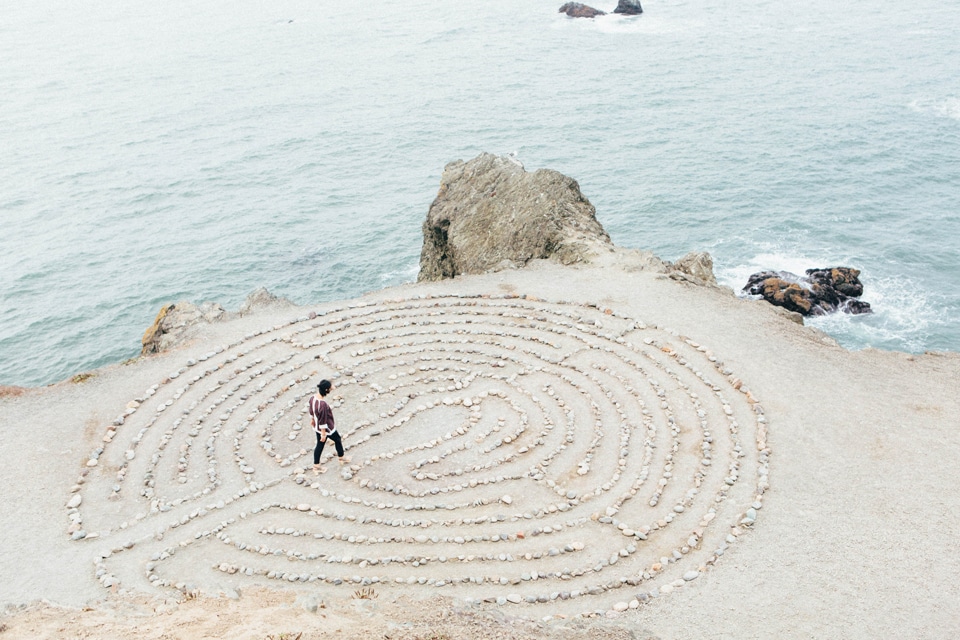
Tag: habits

Is wine part of your self-care ritual?
2018 has been the year of self-care. Everywhere we hear about the importance of looking after ourselves, making space for ourselves in the midst of chaos and finding ways to recharge and boost our emotional resources. Being able to make choices about our personal wellbeing is powerful and can make a huge difference to our

How to replace habits with healthier choices
For someone wanting to cut back on their drinking, getting into healthier lifestyle habits can be an effective way to replace habits and change their relationship with alcohol. People often have the tendency to replace one bad habit with another, like giving up smoking and binge eating sugary food. Whether it be exercise, art and

How to develop a fitness habit and actually stick to it
How do you start and maintain an exercise routine? Hello Sunday Morning’s guide to help you develop a fitness habit.






